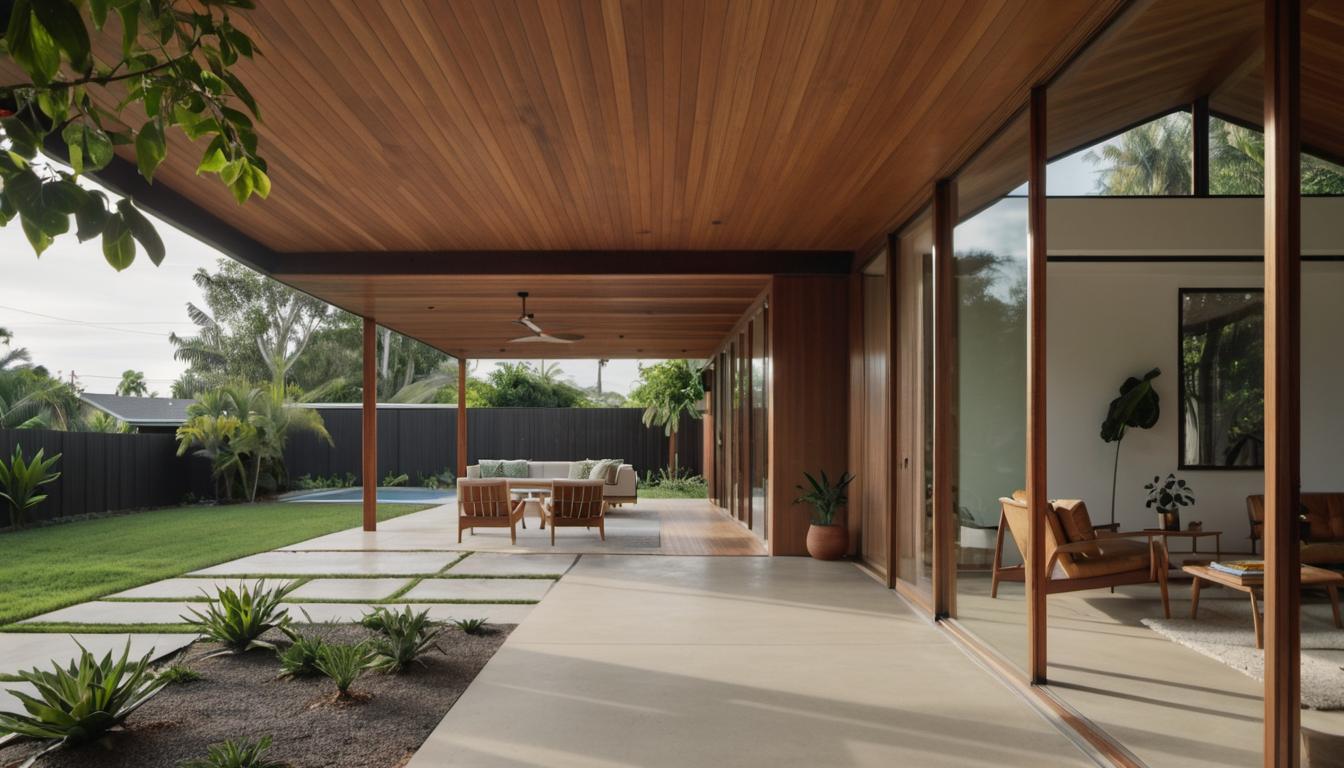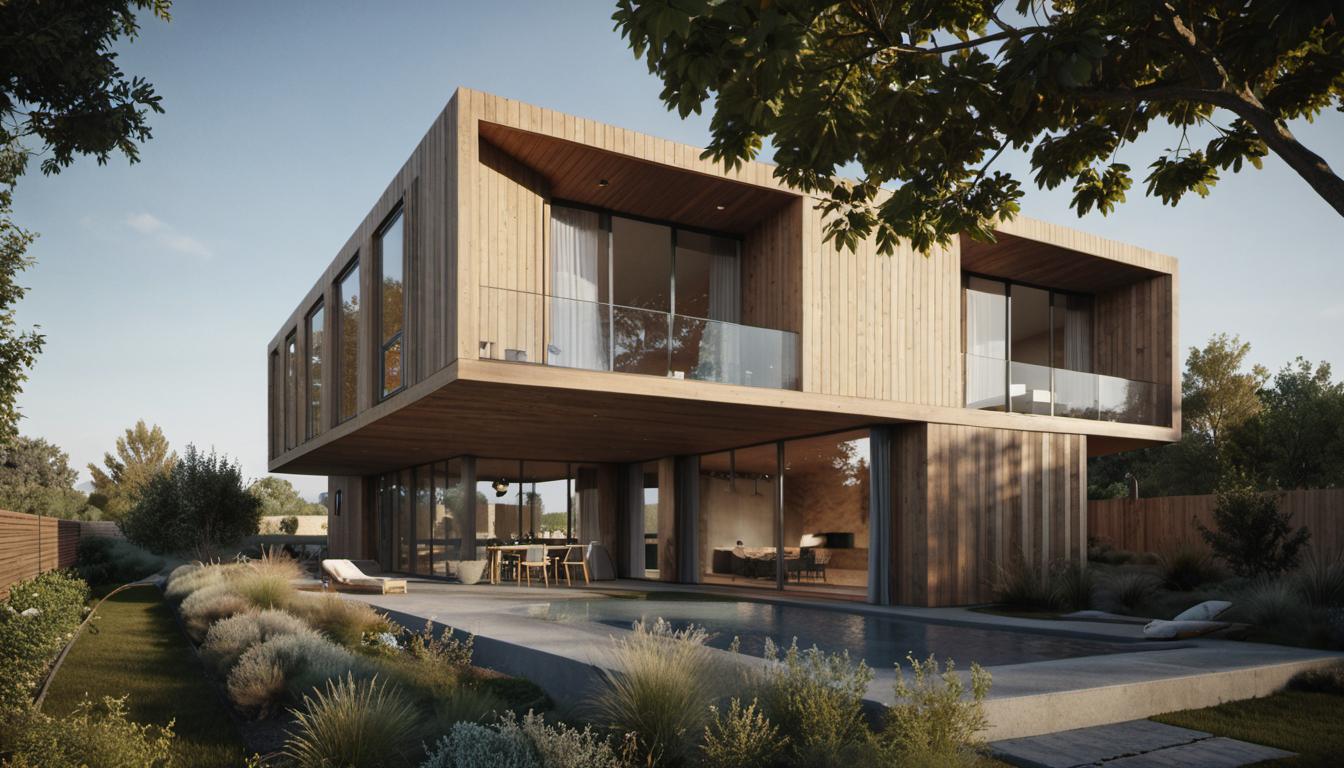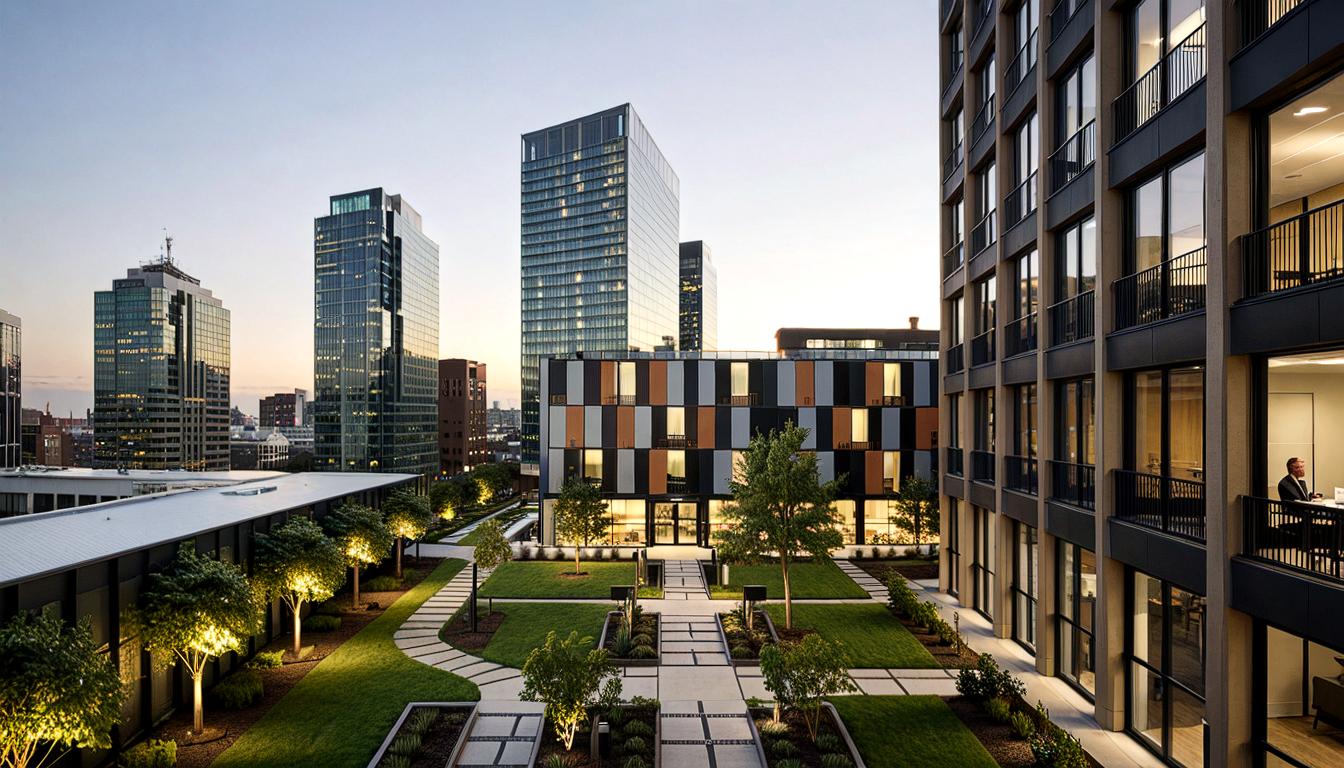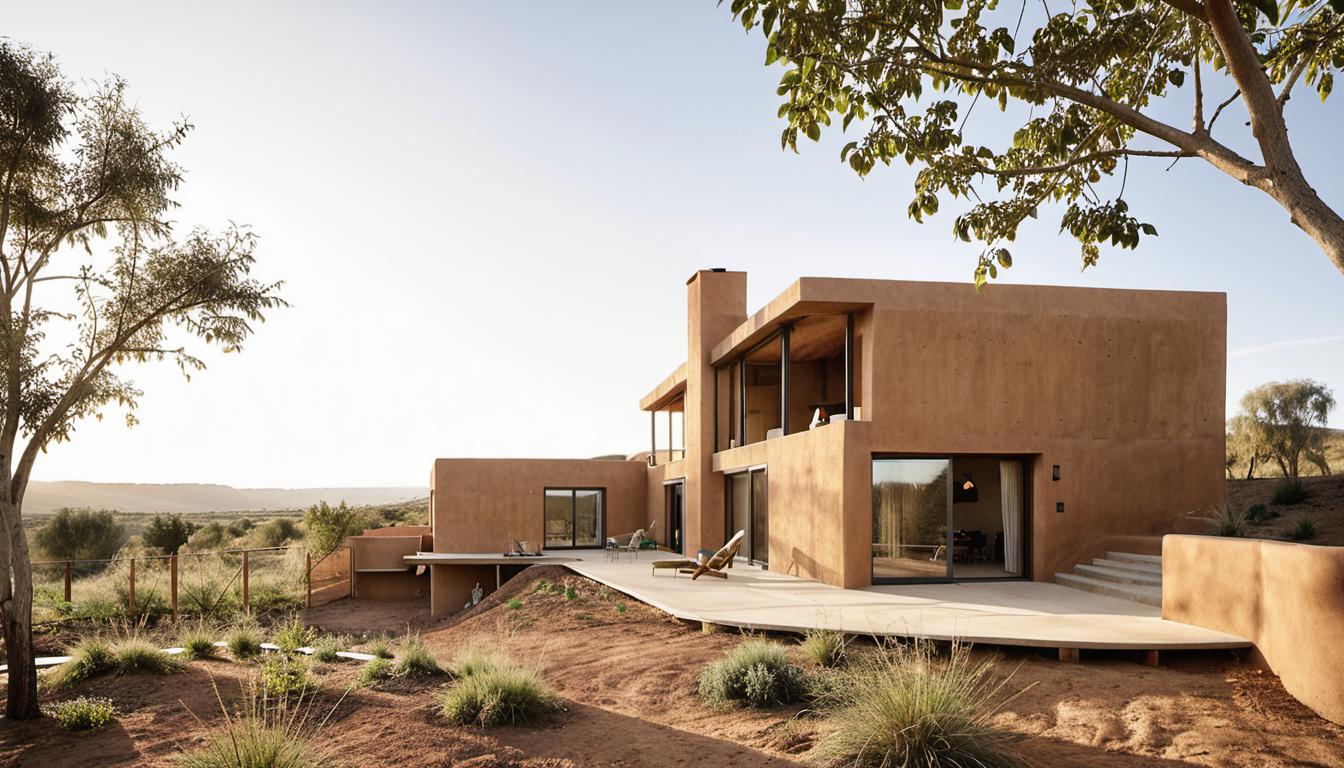Welcoming the Mid-Century Modern Style
The mid-century modern style of homes, which sprung to life during the mid-20th century, has enjoyed enduring popularity. This architectural and design style, rooted in the post-war optimism of the time, has maintained relevance in today’s design landscape for its emphasis on simplicity, functionality, and a harmonious integration with nature.
The Birth of Mid-Century Modernism
Architecture in Post-World War II
Fueled by the post World War II boom, mid-century modern style found its footing. It was a period marked by a newfound optimism and desire for simplification, which was reflected in the architecture of the time. The style made a significant impact on the outlook of design, shaping architectural principles for years to come.
European Influence and the Bauhaus Movement
This style owes a lot to European architects and the consequential effects of the Bauhaus movement. These influences helped mid-century modern architecture enforce principles of simplicity, functionality, and a devotion to the beauty of innate forms and materials.
Defining Features of Mid-Century Modern Homes
Emphasis on Simplicity
This architectural style prioritises clean lines and minimalism, with little to no room for needless decoration. Simplicity and functionality lie at the heart of these homes, reflecting the era’s desire for straightforwardness and purposeful design.
A Harmony with Nature
A unique attribute of mid-century modern homes is their strong connection with nature. This is made evident through the usage of natural materials, the incorporation of floor-to-ceiling windows, and the seamless flow between indoor and outdoor spaces. Images showcasing these elements can truly highlight the extent of their significance in this design style.
Technological Advances Shaping Design
Technological progress played a significant role in influencing the design and materials of mid-century homes. From the employment of new construction techniques to the introduction of materials such as steel and insulated glass, technology paved the way for innovation in these homes.
Architectural Pioneers of the Mid-Century
Contributions of Frank Lloyd Wright
Renowned architect Frank Lloyd Wright had a substantial influence on mid-century modern design. Known for his site-specific designs, the careful consideration for flow between spaces, and the extensive use of wood, Wright helped shape the unique attributes of mid-century modern homes.
Notable Architects and Their Influence
Famous architects such as Walter Gropius, Mies van der Rohe, and Marcel Breuer also made significant contributions to this style. Their work, detailed in many case studies, has influenced the design ethos of mid-century modern homes.
Iconic Mid-Century Modern Homes
Elrod House & Frank Sinatra Twin Palms Estate
Noteworthy examples of this style include the Elrod House and Frank Sinatra Twin Palms Estate. Elements such as geometric shapes, minimal decoration, and an influx of natural light showcase the signature components of mid-century modern design.
International, Contemporary, and Organic: The Varieties of Mid-Century Modern Homes
A comparison of international, contemporary, and organic styles provides insightful view into the distinct variations within mid-century modern homes. These varied interpretations and applications of a shared design ethos make each home unique.
Relevance of Mid-Century Modern Homes Today
Mid-century modern homes have maintained their appeal over decades primarily due to their timeless design and connection with nature. Their emphasis on simplicity, functionality, and indoor-outdoor living is more relevant today than ever before.
Commonly Asked Questions
- Q: What is the mid-century modern architecture style?
A: Mid-century modern architecture is a style that emerged around the mid-20th century, emphasising minimalism, clean lines, and a strong connection with nature. - Q: What are the key features of mid-century modern designs?
A: Mid-century modern design focuses on minimalism, functionality, clean lines, geometric shapes, and a blend between indoor and outdoor spaces. It often incorporates materials like steel, concrete, and insulated glass. - Q: How has mid-century modern architecture influenced contemporary architecture?
A: Mid-century modern architecture has significantly influenced contemporary architecture with its emphasis on clean lines, simple forms, and expansive windows. Contemporary design often incorporates these elements, along with the use of sustainable and natural materials inspired by the mid-century style. - Q: Who were some renowned architects associated with mid-century modern design?
A: Frank Lloyd Wright, Marcel Breuer, Ludwig Mies van der Rohe, and Walter Gropius were all influential figures in the mid-century modern movement. - Q: Can you provide examples of famous mid-century modern homes?
A: Famous examples include the Elrod House designed by John Lautner and the Frank Sinatra Twin Palms Estate designed by E. Stewart Williams. They incorporate the key features of mid-century style like clean lines, flowing spaces, and an emphasis on bringing the outdoors in.






